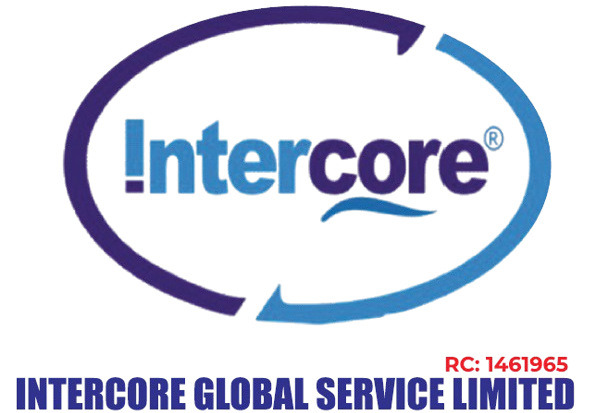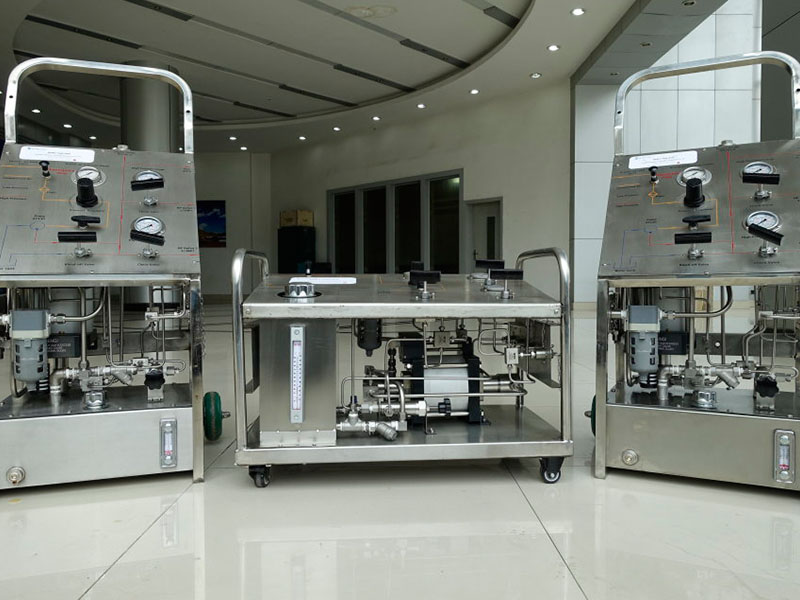The oil and gas industry is at a crossroads. As the world transitions towards a low-carbon future, the demand for fossil fuels is expected to decline. However, oil and gas will continue to play a significant role in the global energy mix for decades to come. The challenge for the industry lies in navigating this transition while minimizing its environmental impact.
One innovative approach that can help achieve this goal is equipment leasing. This might seem surprising at first glance, but leasing oil field equipment offers a unique set of advantages that can contribute to more sustainable operations. Here’s how:
1. Access to Cutting-Edge Technology:
The oil and gas industry is constantly evolving, and new technologies are being developed to improve efficiency and reduce environmental impact. Leasing allows companies to gain access to this latest equipment without the upfront capital investment required for a full purchase.
For example, advancements in drilling techniques like horizontal drilling and hydraulic fracturing enable companies to extract oil and gas from previously inaccessible reserves while minimizing surface disruption. Similarly, new technologies like downhole sensors and real-time data monitoring can help optimize production processes, leading to reduced energy consumption and emissions.
Leasing allows operators to adopt these innovations quickly and adapt their operations to evolving environmental regulations. Leasing companies, on the other hand, have the incentive to invest in a diverse and up-to-date equipment portfolio, ensuring their clients have access to the most sustainable solutions available.
2. Flexibility and Scalability:
The oil and gas industry is inherently project-based, with varying equipment needs depending on the specific project stage and resource being explored. Leasing provides companies with the flexibility to scale their equipment needs up or down as required.
For instance, a company might require specialized drilling equipment for the exploration phase but wouldn’t necessarily need it for the long-term production process. Leasing allows them to acquire the necessary equipment for a specific project duration, eliminating the burden of owning and maintaining underutilized assets.
This flexibility extends to responding to fluctuating market conditions. During periods of low demand, equipment leasing allows companies to avoid the financial strain of maintaining a large, idle equipment fleet. Conversely, during periods of high demand, leasing provides a quick and efficient way to secure the necessary equipment without extensive upfront costs.
3. Optimized Maintenance and Uptime:
Equipment breakdowns can be costly and environmentally detrimental, leading to production delays and potential leaks or spills. Leasing agreements typically include maintenance and service contracts from the leasing company. This ensures that the equipment is regularly inspected, serviced, and repaired by qualified technicians, minimizing the risk of breakdowns and potential environmental damage.
Furthermore, leasing companies have a vested interest in keeping their equipment operational. They are more likely to invest in preventive maintenance and ensure that the equipment meets the latest safety and environmental standards. This proactive approach translates to improved uptime for operators, ultimately leading to more efficient and environmentally responsible production.
4. Reduced Environmental Footprint:
The manufacturing and disposal of oil field equipment have their own environmental impact. Leasing helps to minimize this impact in several ways.
Firstly, the extended life cycle of equipment comes into play. Leasing companies often refurbish and upgrade older equipment, allowing it to be used on multiple projects and prolonging its lifespan. This reduces the need for new equipment production, which can have a significant carbon footprint.
Secondly, leasing companies are more likely to invest in efficient and environmentally friendly equipment, such as low-emission drilling rigs or equipment designed for reduced water usage. This focus on sustainability aligns with the overall industry shift towards cleaner operations.
5. Capital Efficiency and Risk Mitigation:
The upfront cost of purchasing oil field equipment can be significant. Leasing allows companies to free up capital that can be invested in other areas, such as research and development of cleaner technologies or exploration of renewable energy sources.
Furthermore, the volatile nature of oil prices can pose a financial risk. By leasing instead of buying, companies mitigate some of this risk. If oil prices fall, they are not stuck with expensive, underutilized equipment. This financial flexibility allows oil and gas companies to operate more strategically and adapt to changing market dynamics.
The Road to Sustainability
Equipment leasing is just one piece of the puzzle when it comes to achieving a more sustainable oil and gas industry. However, its potential to contribute to this goal is undeniable. By providing access to innovative technologies, promoting flexibility and scalability, ensuring proper maintenance, and minimizing the environmental footprint, leasing companies can be valuable partners in the industry’s journey towards a cleaner future.
The future of oil and gas lies in balancing energy needs with environmental responsibility. By embracing innovation, adopting sustainable practices, and partnering with innovative leasing companies, the industry can navigate this transition and continue to play a vital role in the global energy landscape for years to come.

